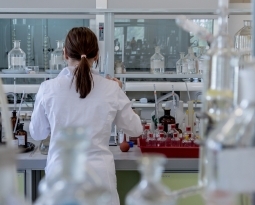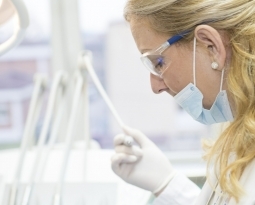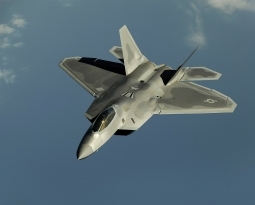Manufacturing and R&D: What manufacturers should know
If you think manufacturing is outdated or can’t go hand-in-hand with R&D, think again!
Manufacturing accounts for roughly 60% ($6.7 billion) of all R&D Tax Credit claims by industry—that’s roughly 45% more than the next leading industry, Information Technology (1.8 billion). Qualified Research Activities (QRAs), the activities a company does to improve functionality, performance, reliability, quality, or even cost reduction, doesn’t have to necessarily ‘reinvent the wheel’. A company could be seeking to improve its packaging process to reduce shipping costs and reduce packing waste. Maybe another company has decided to improve its production line to be more efficient and reduce costs while not sacrificing quality. Both of these examples are common within the manufacturing industry, and let it be no surprise that chances are there are QRAs that can be claimed to increase that all important bottom line.
QRAs are only half of the R&D equation. Qualified Research Expenses (QREs) are also applicable to an R&D Tax Credit claim. QREs fall into three categories: payroll, supplies, and contracted research services. These are typically some hefty expenses for any company, but thanks to the R&D Tax Credit, you could save a sizeable amount of money since, as you may have gathered, they are the basis of the R&D credit. It’s important to note that all QREs must be substantiated and documented; we’ll touch on that a bit later.
For payroll or R&D labor expenses, it can include technicians, engineers, chemists, and analysts to name a few. These people are responsible for directly working with the R&D project. In fact, indirect support, such as data collectors or people responsible for cleaning and sanitizing the test site or equipment, can also qualify as eligible labor costs if they are performing specialized work on the R&D project. The amount of labor claimed as an expense to the project should be proportionate to the amount of time spent on R&D. 100% of labor costs are eligible in calculating the R&D tax credit.
Supplies are things that are consumed or expended in the tax year being claimed and have been used up completely in the R&D process. This could include anything from prototypes, models, and other materials used during experimentation. 100% of these supply costs are eligible in calculating the R&D tax credit. Land, property that depreciates, and capitalized equipment do not count as eligible supplies.
Sometimes you might not have the in-house expertise that you need to carry out your R&D project, so you decide to hire outside contractors. Thankfully, contracted research services are also qualified research expenses. Contracted research services are any outside organizations that assist with research tasks—this includes collaboration with colleges or testing labs. 65% of these costs are eligible in calculating the R&D tax credit.
If you’re thinking “you mentioned substantiating a claim with documentation, but I don’t have any of this,” you’re likely wrong! Here’s a list we’ve compiled based on our years of experience when dealing with substantiation. Documentation includes, but is not limited to: project records/lab notes, innovation logs, design documents for system architecture and source code, background research, records of change, testing protocols, results of records of analysis from testing trials/runs, records of resource allocation, W2’s, invoices, and 1099’s. This list combines documentation that is used to substantiate QRAs and QREs.
Hopefully, as you were reading, you would have begun to recognize the financial benefits of R&D and what can be claimed at your company (or maybe you’re just leisure reading—either way, awareness and thinking is the first step to a successful R&D claim!) If you think you have qualifying projects, contact Swanson Reed by clicking here. We’re happy to help in your claims process!

















